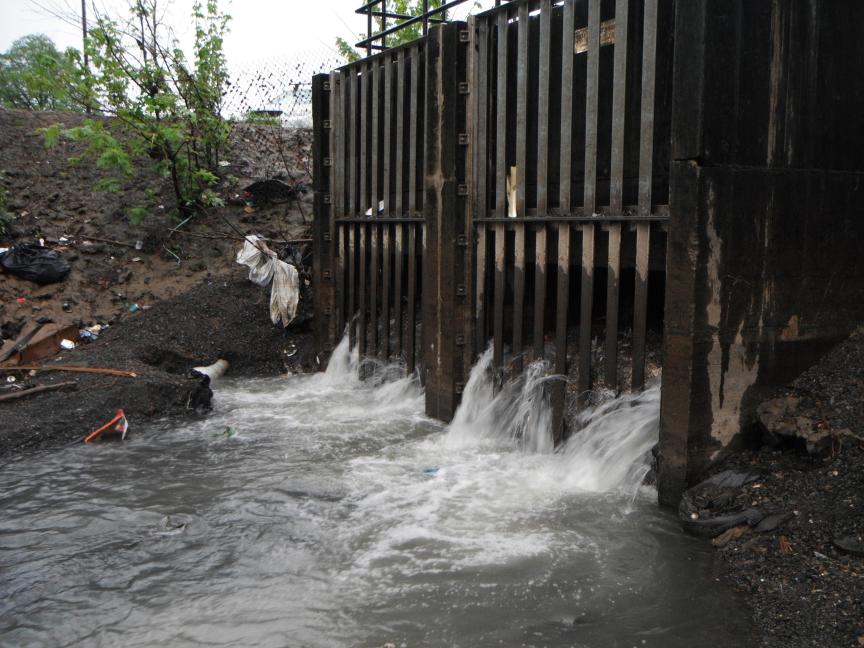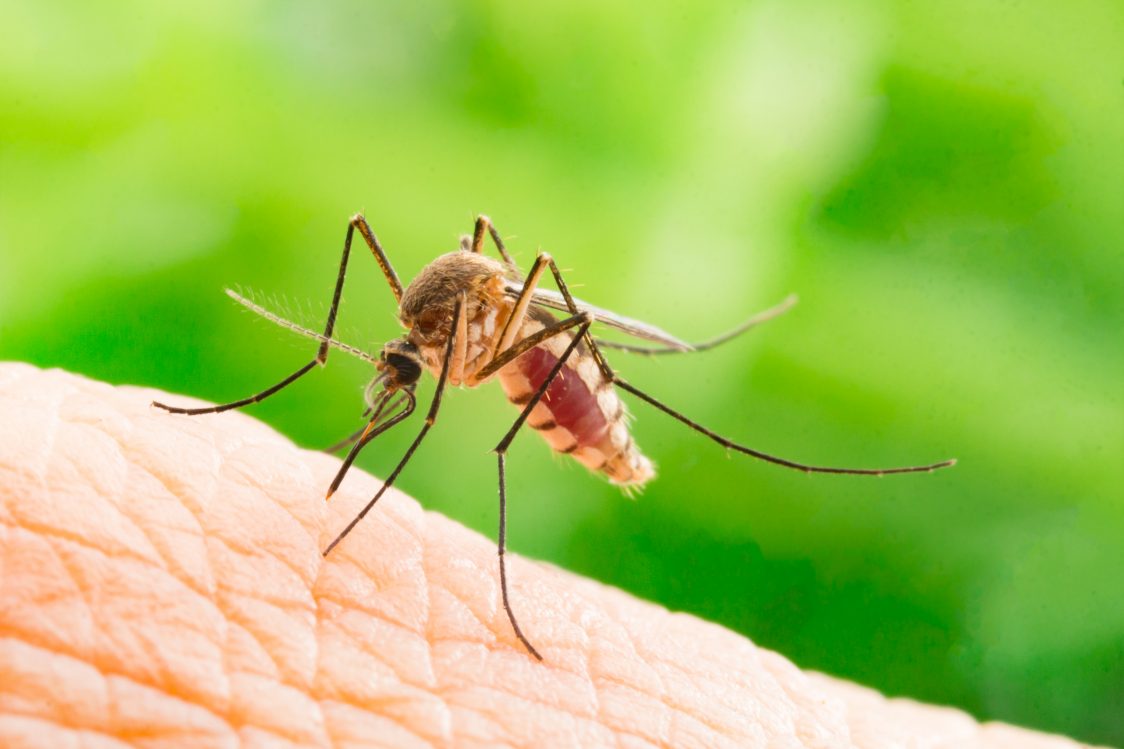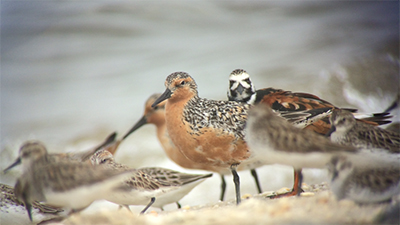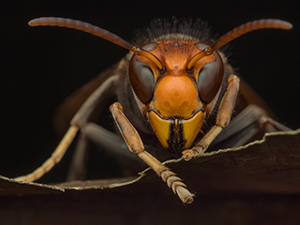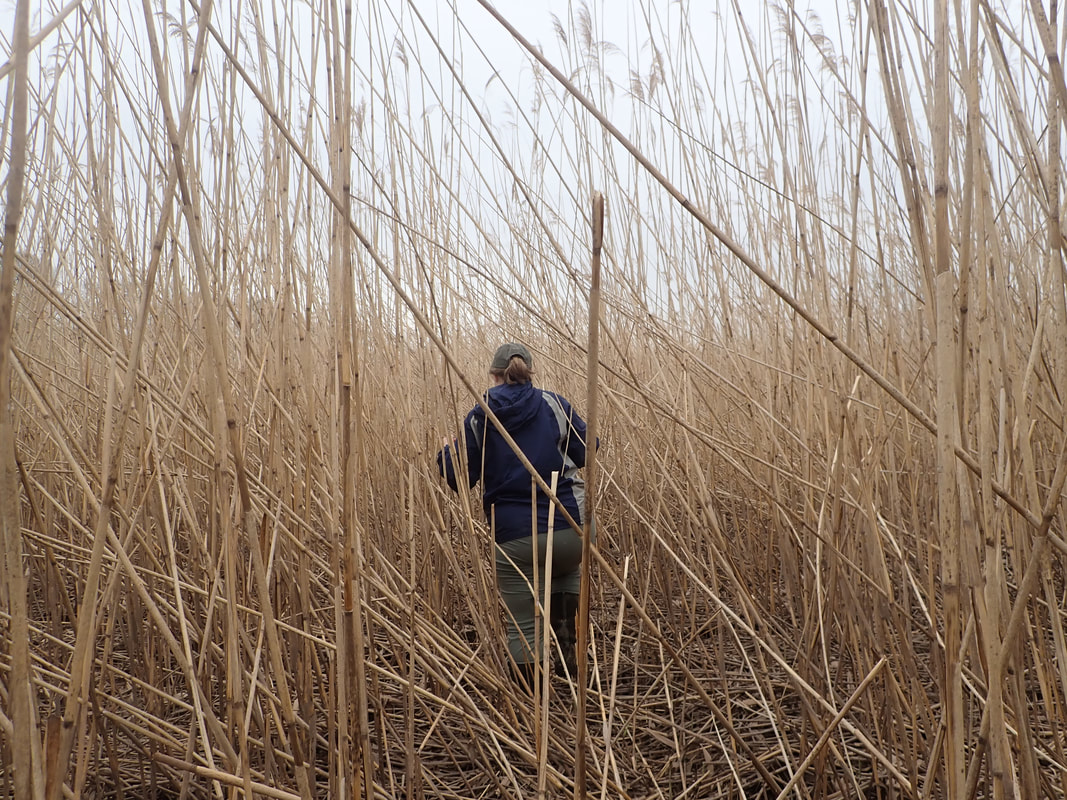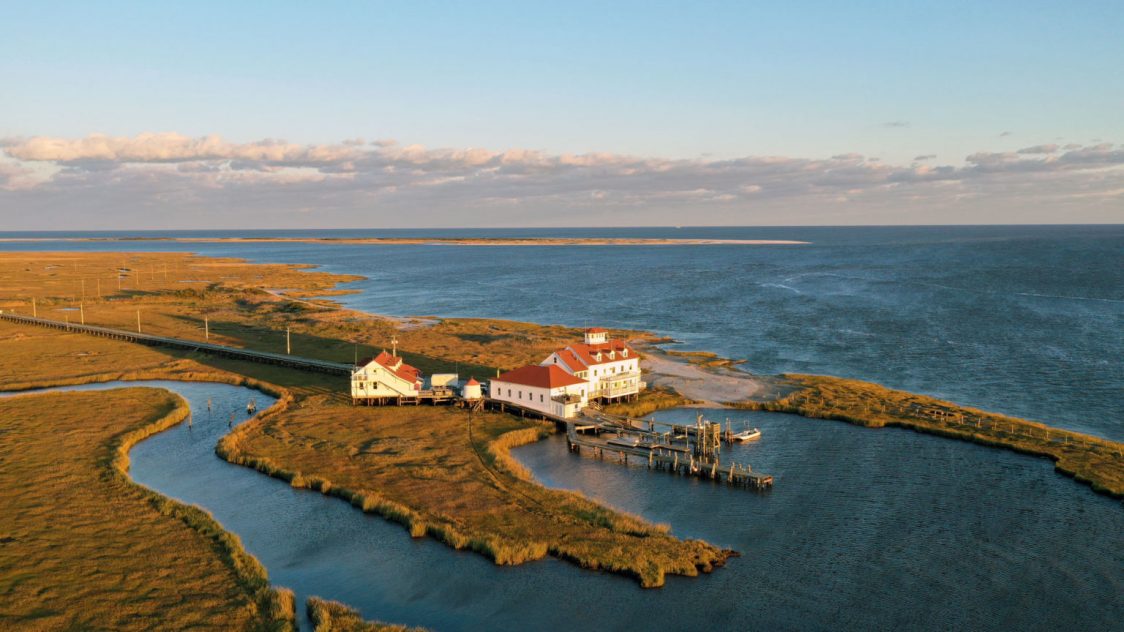Rutgers study could lead to better disinfection methods and understanding of coronavirus and other risks Can antibiotic-resistant bacteria escape from sewers into waterways and cause a disease outbreak? A new Rutgers study, published in the journal Environmental Science: Water Research & Technology, examined the microbe-laden “biofilms” that cling to sewer walls, and even built a simulated sewer to study the germs …
Dangerous Tick-Borne Bacterium Extremely Rare in New Jersey
The mystery behind the rise in spotted fever cases continues There’s some good news in New Jersey about a potentially deadly tick-borne bacterium. Rutgers researchers examined more than 3,000 ticks in the Garden State and found only one carrying Rickettsia rickettsii, the bacterium that causes Rocky Mountain spotted fever. But cases of tick-borne spotted fevers have increased east of the Mississippi …
#EOAS in the News: Dina Fonseca on Mosquitos in NJ Summer 2020
By Amanda Oglesby, Asbury Park Press Bret Ulozas sprays his yard for mosquitoes in the New Egypt section of Plumsted in order to keep the blood suckers at bay. The 49-year-old applies insecticide to reduce the nuisance of mosquitoes, especially as his family spends more time in the backyard due to the COVID-19 pandemic. The virus they found in mosquitoes around that military …
#EOAS in the News: Is it Safe to Swim in the Ocean During COVID-19?
“Do saltwater and sunshine at the Shore kill the coronavirus? Here’s what science says.”
Oyster Farming and Shorebirds Likely Can Coexist
A red knot among a flock of migratory shorebirds foraging along the Delaware Bayshore. Photo: Brian Schumm
#EOAS in the News: Asian Giant ‘Murder Hornets’ Buzz Into U.S. Could they Get to Philly Area?
Asian giant hornets will swarm a honeybee hive with the purpose of decapitating thousands of bees and taking away their thoraxes to feed to the hornets’ young. On rare occasions, they will attack humans, sometimes fatally. Stories this week in various media outlets, including the New York Times, about the Asian giant hornet, Vespa mandarinia, making its way to Washington state have …
Inside the Hutcheson Memorial Forest
By Craig Winston Only 15 minutes from campus, you’ll find the oldest laboratory of its kind at Rutgers and perhaps the country, yet many students and the community are probably unaware of its existence. Off Amwell Road in Somerset County stands the Hutcheson Memorial Forest, listed on the National Park Registry of Natural Landmarks, whose 500 acres of forest and …
How Are the Raritan River and Bay Adapting to Sea Level Rise?
Laura Reynolds, an EOAS postdoctoral fellow, and team, are conducting pioneering research on carbon and sediment levels of the tidal marshes in the Raritan River and Bay, to better understand and predict how sea level rise will impact these waterways. By Carol Peters The tidal Raritan River, once dubbed the “Queen of Rivers” in a poem published in the London Review in 1806, …
Oysters and Clams Can be Farmed Together
Rutgers study finds raising multiple species in the same area could benefit shellfish aquaculture Eastern oysters and three species of clams can be farmed together and flourish, potentially boosting profits of shellfish growers, according to a Rutgers University–New Brunswick study. Though diverse groups of species often outperform single-species groups, most bivalve farms in the United States and around the world grow their …
#EOAS in the News: Coastal Scientists Prepare to Retreat from Field Station Threatened by Rising Seas
Researchers who study our vulnerable shorelines are moving to higher ground By Jon Hurdle, NJ Spotlight Scientists at a coastal research station that studies how rising sea levels are threatening Shore communities and the environment are preparing to move their work inland to escape worsening flooding and erosion on an isolated peninsula near Tuckerton. The Rutgers University Marine Field Station …



